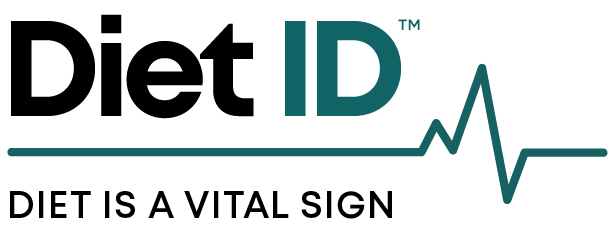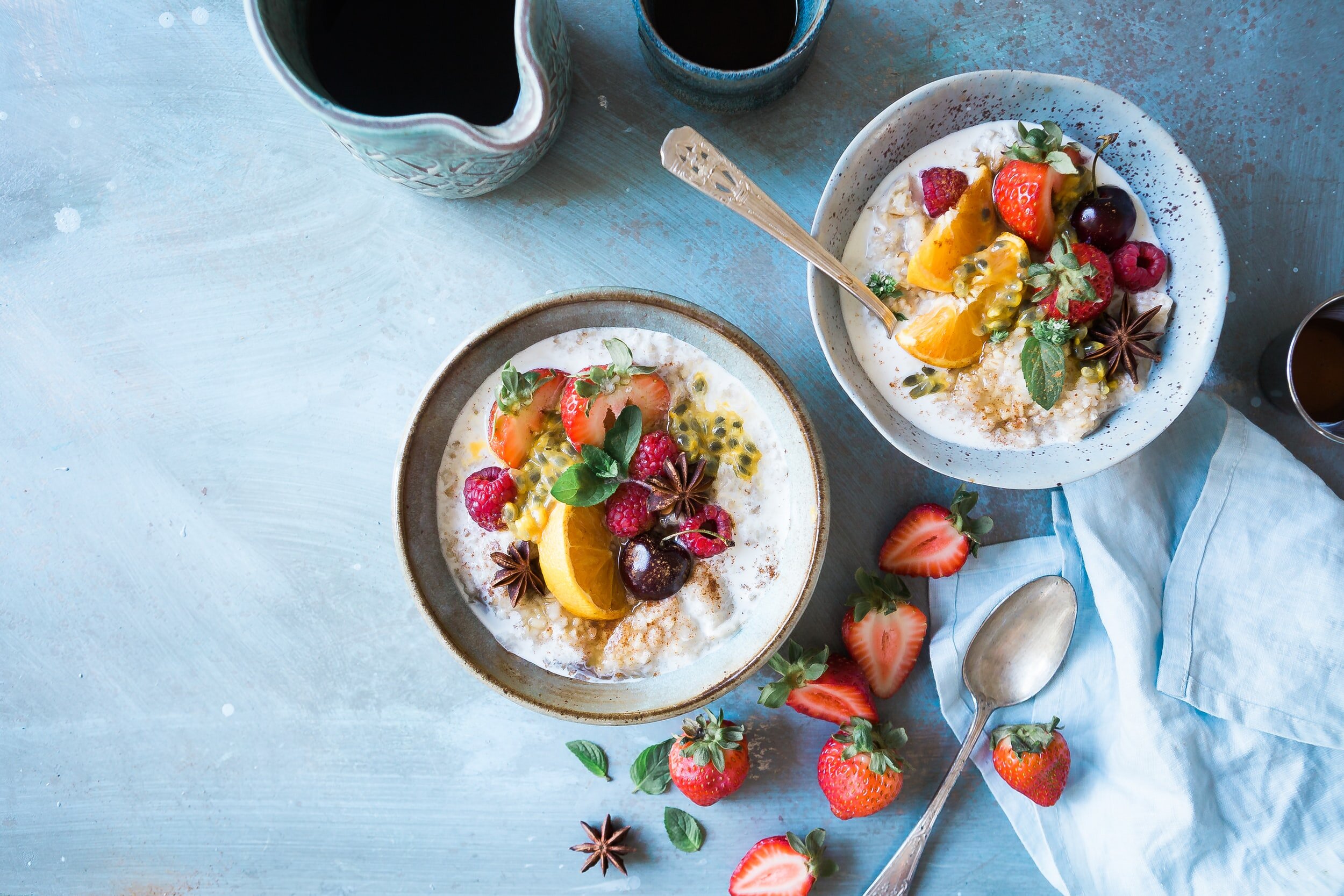Two new reports about produce trends have come out over the last few weeks. The first is from the Produce for Better Health Foundation (PBH). Called State of the Plate, this new report, which is released every 5 years (around the same time as the Dietary Guidelines), provides a deep dive into not only consumption data but also the drivers of eating behaviors and consumption patterns, as well as recommendations for improving intake. Data were collected before the start of the pandemic. The second, from thepacker.com, is called Fresh Trends 2021 and focuses on pandemic-related produce purchasing behaviors and trends.
Some highlights from State of the Plate:
Most people only eat fruits and vegetables (one serving each) JUST ONCE (or less!) each day. On average, people eat vegetables about once/day – or approximately 7.5 times each week, and eat fruit nearly 6 times (5.8) each week.
9 out of 10 Americans are not eating enough fruits and vegetables each day.
Trends are worsening: people have decreased produce intake by nearly 10% since 2004, despite decades of industry and public health efforts.
In the past five years alone, overall fruit and vegetable consumption has decreased by 3%, indicating that the trend is worsening every year.
Americans have dropped more than one fruit and vegetable eating occasion per week in the past 16 years.
Some takeaways from The Packer (data collected in 2020):
54% of people surveyed say they ate more fresh produce than a year go, and 46% said they were eating more than 5 years ago.
24% used fresh fruits and vegetables daily in cooking, up from 18% in the previous year’s survey.
54% sought out packaged produce (up from 50% last year)
Over a third of respondents report purchasing packaged produce online for the first time in 2020.
Overall, the pandemic brought, for many, a renewed call for healthy eating and cooking at home.
The results from these reports are mixed, likely due not only to the timing but to the respondent sample. Each has value in our understanding of produce consumption and purchasing trends.
PBH’s pre-pandemic analysis is less than encouraging, hence its use of the phrase “consumption crisis.” Clearly, healthcare advocates and providers have a lot of work to do in helping people increase their fruit and vegetable intake. However, it is encouraging to learn that the pandemic has driven some positive purchasing behaviors -- more home cooking with fresh produce while the pandemic limits dining outside of the home.
What neither report delves into are the consequences of lower than recommended intake patterns. Recent articles like last month’s Fruit and Vegetable Intake and Mortality study out of Harvard and the mind-bending Global Burden of Disease in 195 Countries study from 2019 show us hard data about fruit and vegetable consumption and risk of death. Millions of premature deaths could be prevented just by adjusting diet -- with behaviors around fruit and vegetable consumption topping the list. Not only that, but healthcare costs would decrease significantly; nearly a quarter of cardiometabolic-related healthcare costs in the US are attributable to low fruit and vegetable intake.
General popular diet and nutrition trends are largely centered around macronutrient distribution: high protein, low fat, low carb, keto, the list goes on. But if we take a step back and look at the data, macronutrients aren’t the problem -- it’s the quality of diet patterns, which come in many styles and varying distributions of macronutrients.
Diet quality is dependent on the variety of health supporting foods, with fruits and vegetables as the front runners. Adequate fruit and vegetable consumption is the single most important dietary change people can make to improve overall health and reduce risk of chronic disease. Imagine if we could figure out how to get people to embrace produce: we would make gigantic strides toward increasing overall health and quality of life for millions of people while saving money in the process.
PBH is tackling the problem in a few ways. One way is via social media campaigns; their “#Have a Plant” movement launched with the goal of raising awareness and getting younger generations involved in increasing, and hopefully normalizing, adequate fruit and veggie consumption.
They also launched a multi-sector consumption initiative last year called Lead the Change, which unifies produce industry stakeholders and food system thought leaders to close the consumption gap and develop innovative, behavior-based solutions targeted to increase appeal and consumption of fruits and vegetables. This is particularly noteworthy because while there is already a major focus on education -- explaining why fruits and vegetables are nutritious -- we may be missing the mark. Research shows that while people KNOW fruits and vegetables support better health, there’s a significant need to motivate and change behaviors by tapping into how people FEEL about eating them in order to effectively influence what they DO. Their approach is not only to identify ideas and inspire solutions, but to activate the KNOW-FEEL-DO behavioral framework that will lead to actual habit change. Finally, PBH analyzes the consumption data along the spectra of age, usage, motivations, food pairings, and cultural and socioeconomic insights to craft targeted messaging designed to maximize impact.
For those of us working with individuals or small groups, the problem may seem insurmountable: the public health implications of poor diet can’t possibly be impacted by counseling people one by one. Or can it? We are becoming more and more aware of the drivers of poor diet, and gaining valuable insight of the interventions that make a true impact. When I was a student, we never thought about insidious food marketing techniques or how ultraprocessed foods hijack people’s taste buds. We never imagined the idea of social media as we know it today, or the pervasive nature of food addiction.
As passionate professionals, we tend to overcomplicate the recommendation to simply increase fruit and vegetable consumption. Many of us tend to emphasize organic (vs. conventional -- which has been shown to decrease consumption overall) or specific forms (fresh vs. frozen) or type (green vs. white). While these conversations have their place, the research is clear: overall lack of intake is the root of the problem. Failing to see the forest for the trees can fail our patients and clients.
Successful change requires tuning into our audience. If we’re counseling a person who is eating little to no fruits and veggies, it helps to identify simple steps that motivate It’s essential to focus on their particular lifestyle (convenience), preferences (taste), and budget (frozen vs. fresh).
We wouldn’t recommend homemade cauliflower pizza crust and kale salad to those whose veggies come mainly from the occasional pickle slice and lettuce leaf at McD’s. But we might advise going with peppers over pepperoni at Dominos, and choosing the apple over chips at Panera.
Setting a great example for our clients, our families, and the community is a powerful way to nudge habits. From volunteering at the schools (hopefully in person again soon) with food demos and fruit and veggie activities, to sharing our favorite recipes and food samples with our clients, passion for healthy eating is contagious. When people get to the point of acceptance (yes, I can do this; yes, this applies to ME; yes, this really matters), then change eventually happens.





